Backhill of Drachlaw WestBackhill of Drachlaw West is a destroyed stone circle Fred Coles referred Backhill of Drachlaw, West Circle in his Report on the Stone Circles of Northeast Scotland in 1903. Although this circle still appeared on the 1905 Ordnance Survey map as a Circle of six stones, it was dismantled during the 19th century. Coles stated that: "... many years ago one of these six stones, then forming a Circle, close to which the farm-steadings came to be built, was removed by a neighbouring farmer who ‘required’ a block of good stone out of which to make lintels ... the remaining five stones were subsequently removed from their original positions and placed in the line of two dikes." I was recently contacted by Bob Seddon, who currently occupies the steading at the Backhill of Drachlaw, who believes that he has located seven of the original stones, four of which have been incorporated into walls around the steading and another three which were buried in the ground. These three stones (identified as nos 5, 6 and 7) had been incorporated into a culvert which is thought to have been constructed in the late 19th century, and only came to light during the past year when a neighbour recovered them whilst undertaking some fieldwork and water course improvement works. It is the intention to return these three stones to the approximate position of the original Drachlaw West stone circle, but to retain the existing stones (which are embedded in the north perimeter wall of the steading) in their current positions, as it is believed that they are at, or close to, their original positions. Sadly, no detailed records or plans of the original site can be found. As the name suggests, the Backhill of Drachlaw West site is approximately 200 metres to the west of the main Backhill of Drachlaw stone circle (as shown on the OS map below). | ||
| Google Map showing the location of Backhill of Drachlaw Stone Circle | ||
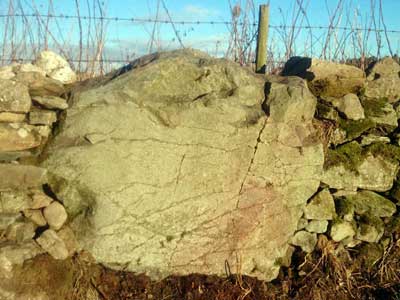 | 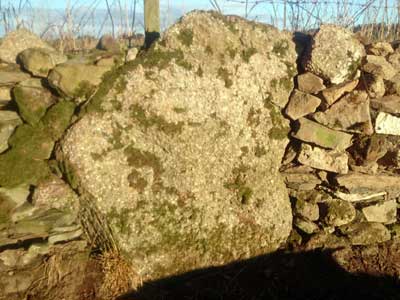 | |
| Stone No 1, built into a dyke Photo: Bob Seddon | Stone No 2, built into a dyke Photo: Bob Seddon | |
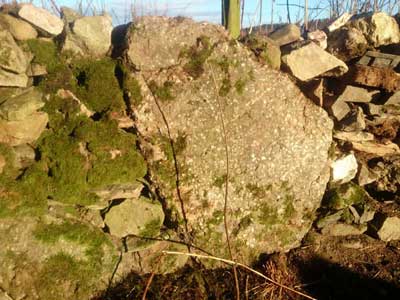 |
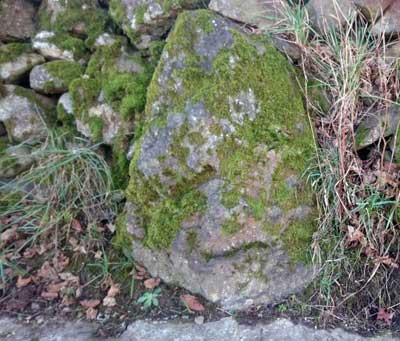 |
|
| Stone No 3, built into a dyke Photo: Bob Seddon | Stone No 4, built into a dyke Photo: Bob Seddon | |
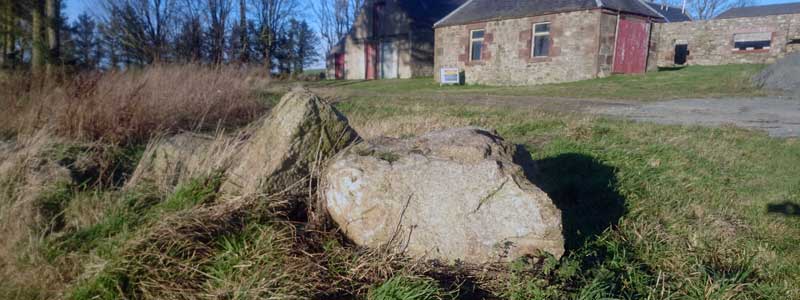 |
||
| The recently unearthed stones 5, 6 and 7 Photo: Bob Seddon | ||